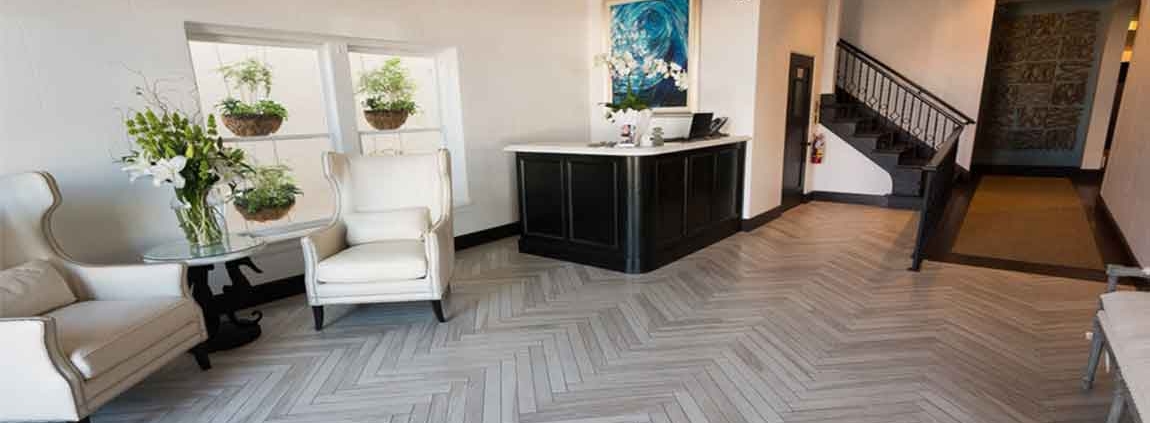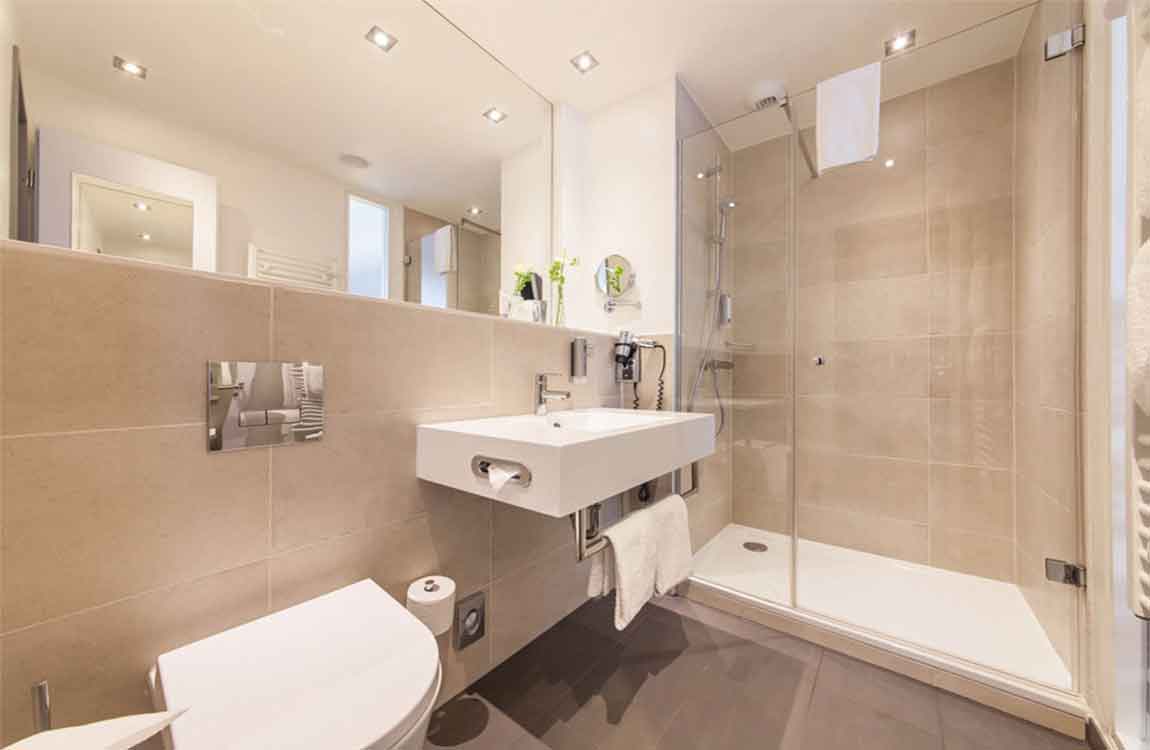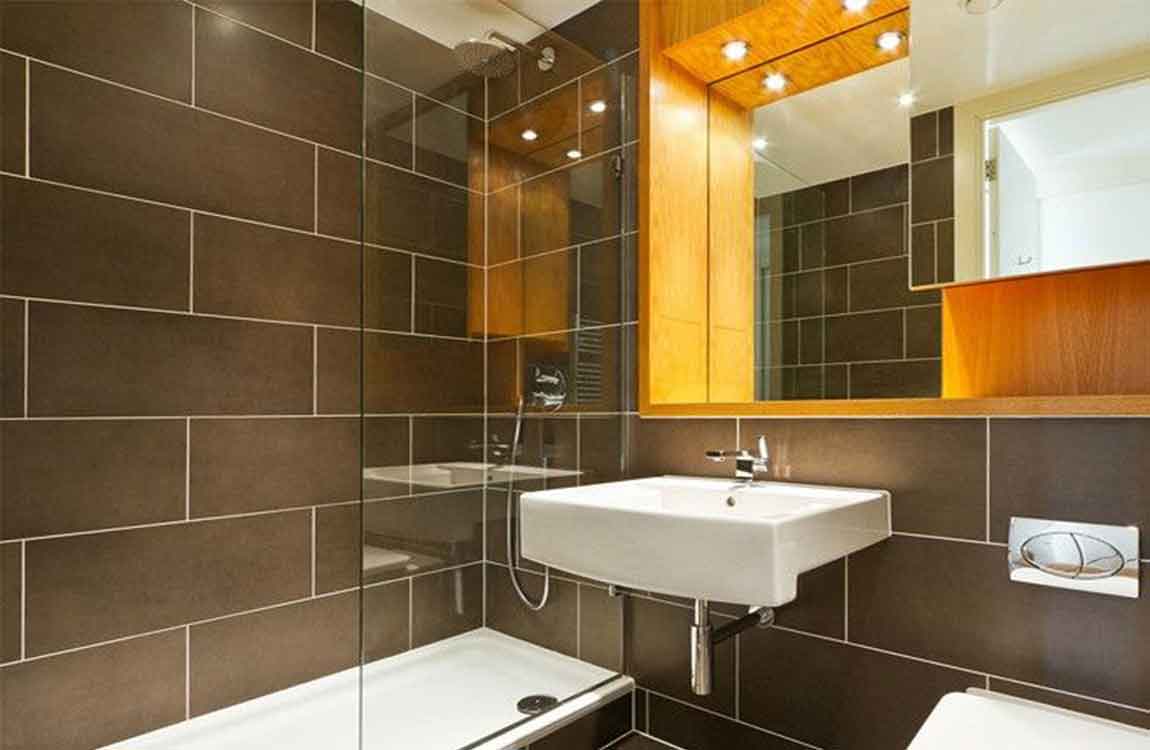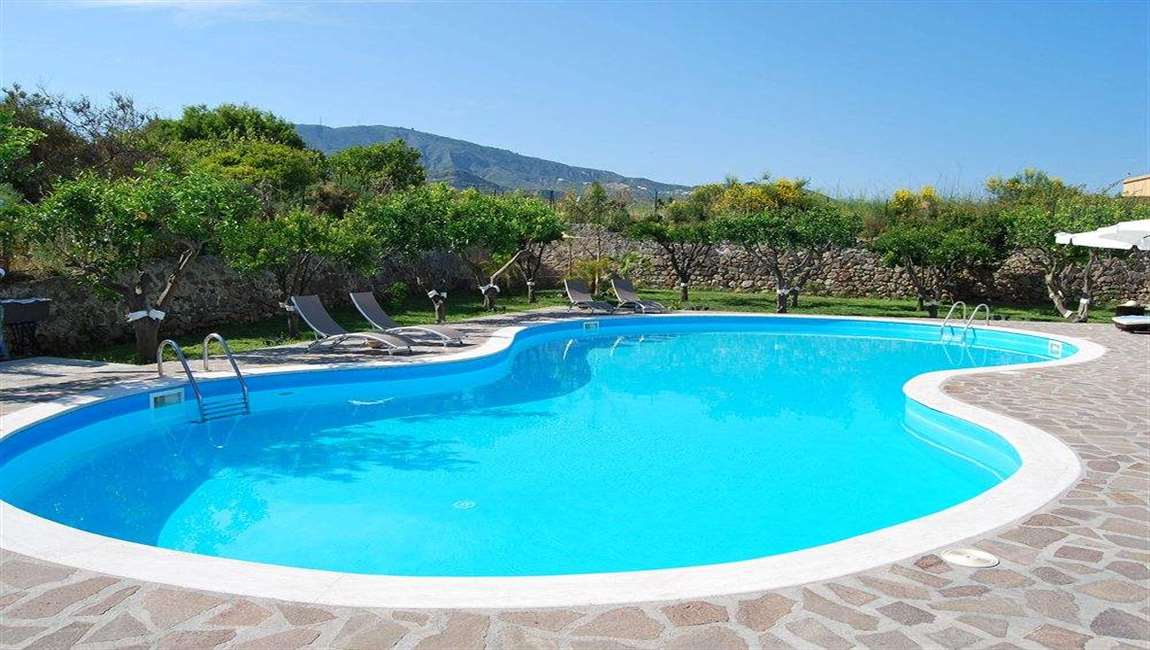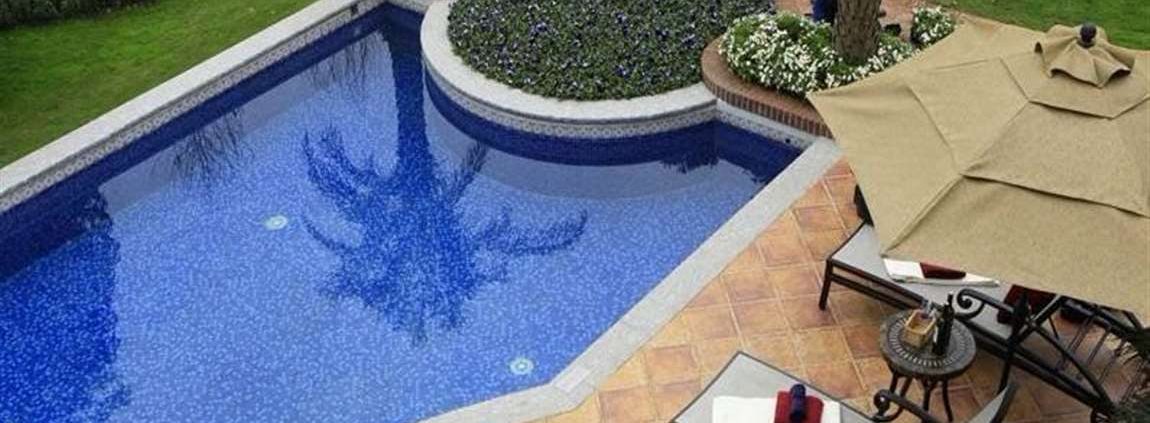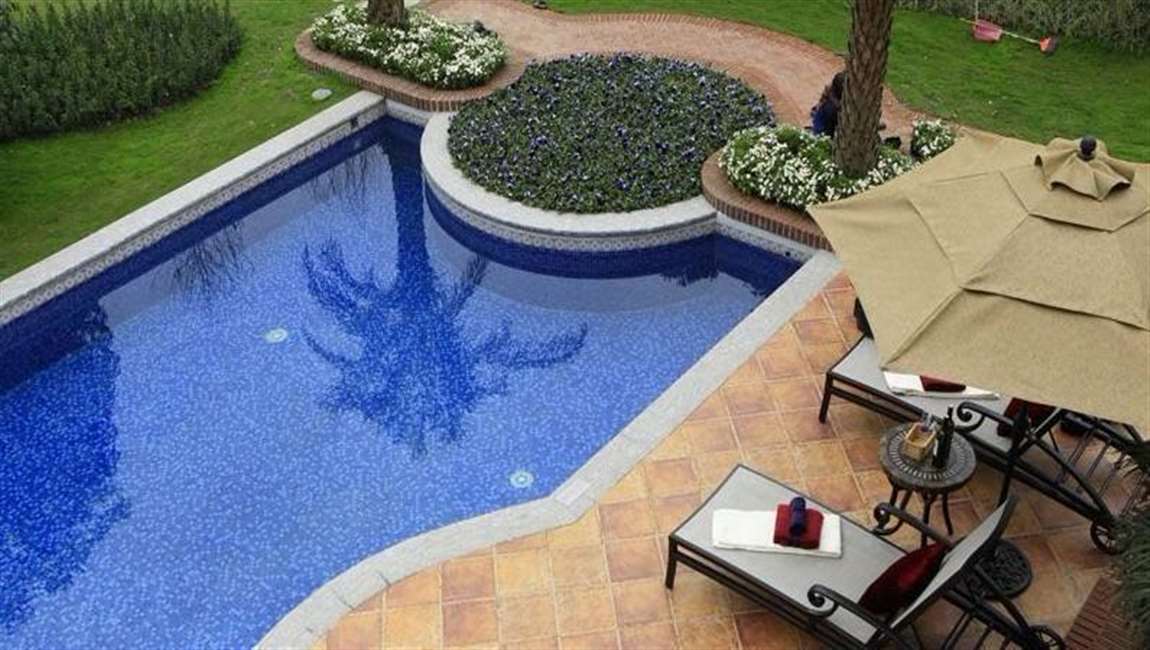How Using Soap and Water?
Clean off any debris first. You don’t want to scrub leaves or dirt into the stone if you can help it. Sweep the area with a broom or wipe it down with a clean cloth to get it ready for scrubbing. Mix dish soap and water in a bucket. Pour in 1⁄2 cup (120 mL) or so of dish soap, then fill up the rest of the bucket with water.
Slosh it around a little to mix the soap into the water. You just need enough dish soap to make the water sudsy. Scrub the area with a scrubbing broom or brush. Dip the brush or broom into the mixture, getting it thoroughly wet. Scrub the stone in a circular motion, making sure you scrub all of the tiles thoroughly.
Dip the brush back into the mixture as it gets grimy. If you need to, wash the brush or broom out with a hose or in the sink. On stubborn areas, you can try a solution of half water, half vinegar or lemon juice. Rinse off inside areas with clean water. Once you’ve scrubbed down the whole area, dump out your bucket and fill it with clean water.
Rinse out your brush or broom, then go over the tile or counter to rinse the soap off. On a counter, you can also use a clean cloth to rinse it off. Spray outside areas with a small nozzle to get off dirt and caked-on grime. Attach a small sidewalk sweeper nozzle to the end of your hose.
Turn the hose on full blast and run the thin stream of water over your window or door features or patio tile. Rinse all the soap and dirt off until the area is completely clean. You can find these nozzles at your home improvement store. You can also use a power washer, but it can scour the stone if you’re not careful.

